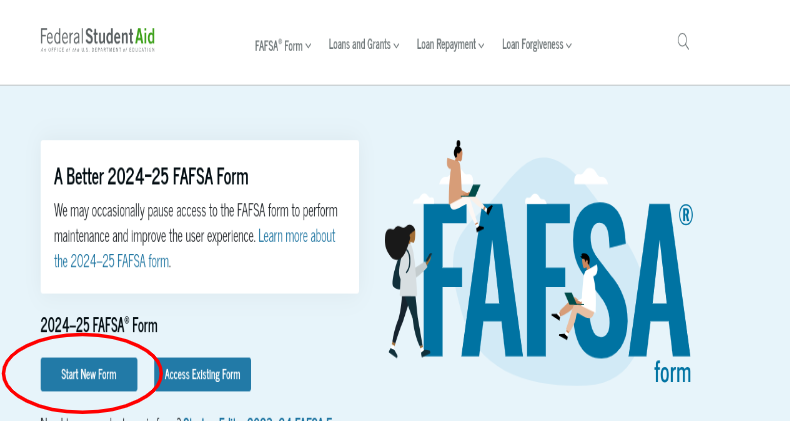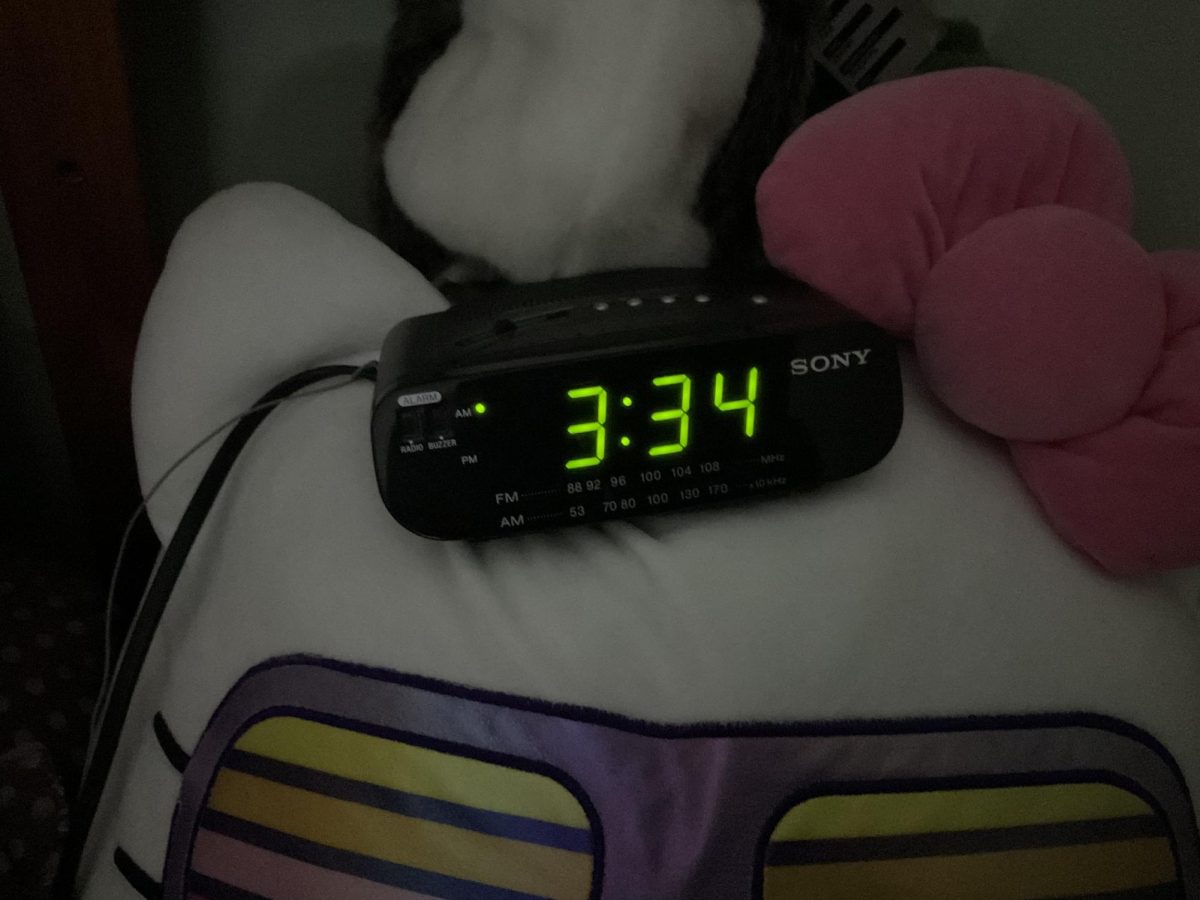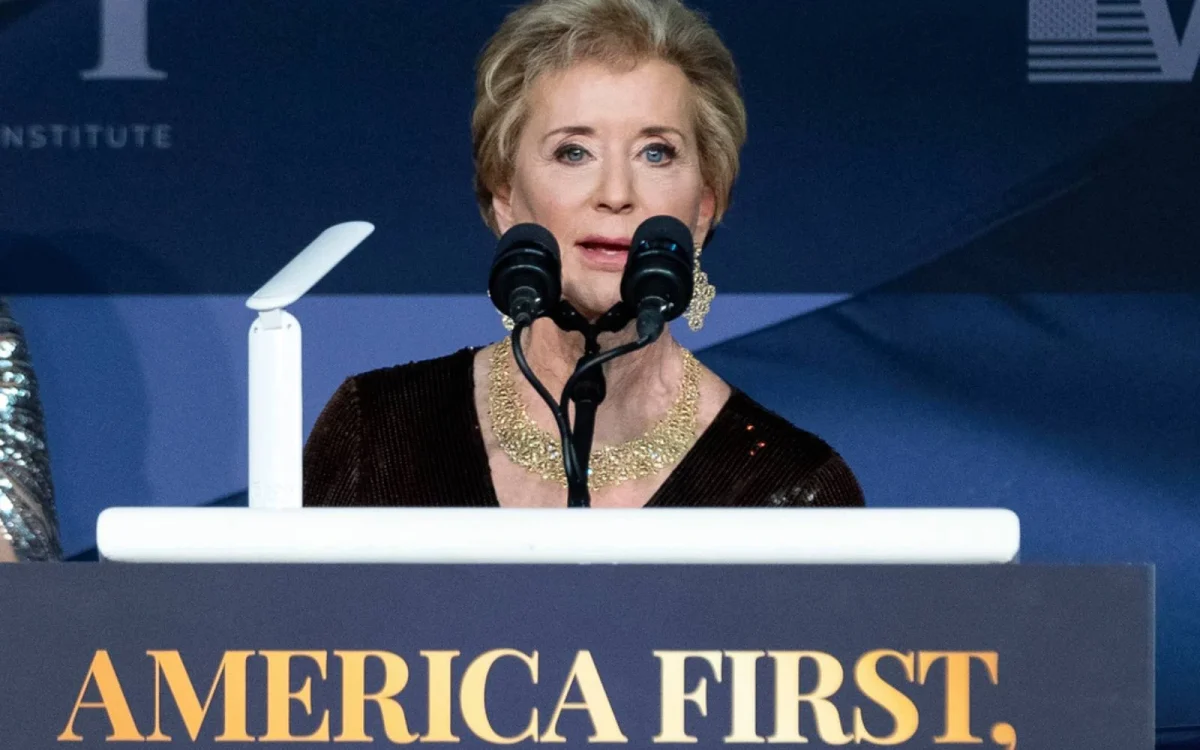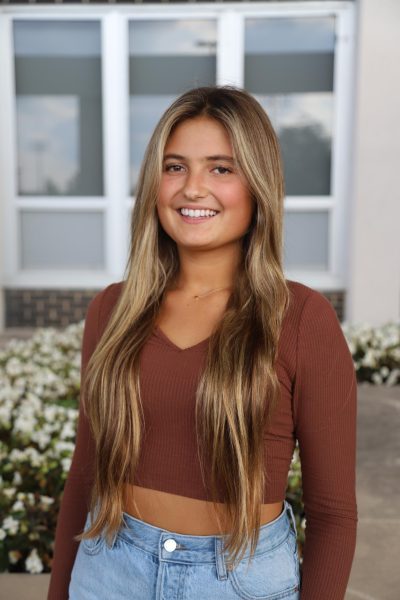Starting on December 31, FAFSA forms will be available for the 2024-2025 school year. However, starting this year there will be key changes to the FAFSA form and who receives certain benefits
FAFSA, the Free Application for Federal Student Aid is exactly what it sounds like. FAFSA came from the 1965 Higher Education Act by President Lyndon Johnson. FAFSA has a yearly budget of $112 billion.
A staple for the FAFSA program was “the sibling discount”. In the past, the Estimated Family Contribution (EFC) took into consideration if the recipient of financial aid had other siblings in college. The number of siblings in college could divide the EFC and make students eligible for possibly more financial aid and reduce the EFC. Starting this year, however, the EFC is being replaced with the SAI (Student Aid Index). The SAI is very similar to the EFC, but the “sibling discount” will no longer exist.
Furthermore the SAI will be calculated using the information you and your contributors put on the FAFSA form. According to FAFSA, a contributor is anyone (including you) who is asked to provide their tax information. An SAI can range from -1500 to 999999, and using this number, colleges or trades schools can calculate how much financial aid you will receive. The SAI isn’t a dollar amount and the lower your SAI, the more money you could be eligible to receive.
One big change to the FAFSA form is who contributes to your education and whose tax information is required on the FAFSA form. If you or your contributors do not provide consent, you will not be eligible for student aid.
Another change is who can receive Pell Grants. Pell Grants are available to low income families and do not need to be paid back. In the new FAFSA, if your family’s income is below 225% of the poverty threshold for those who are married, 175% for single parents, you will automatically qualify for a maximum Pell Grant. It is estimated that over 610,000 students will be eligible to receive the Pell Grant, and 1.5 million students to receive a Maximum Pell Grant Award. In 2023, the maximum Pell Grant was $7,395.
The new FAFSA requires you and your contributors to make an FSA ID (contributers must have separate FSA IDs). A FSA ID can be created with your social security number and email address. Other changes made include the amount of schools you can send your information to which now caps at 20 schools and the FAFSA form will now be translated to 11 languages instead of just English and Spanish.









